#01
Identifying the truth: Fighting Fake News
According to a Massachusetts Institute of Technology (MIT) study, fake news on Twitter travels more quickly, widely, and deeply than actual news. Teach pupils to read past the headline, verify the author's qualifications and publication date, assess the language's tone, and spot biases. Although it will take longer, they will ultimately save time because they won't need to check their sources again or change their minds afterwards.Ask them to quickly look up at least one additional source that makes the same claim. This should be a fairly clear signal because most news is covered by multiple organizations, especially if it's important.Twitter, at least in principle, is a terrific resource because it allows you to easily switch between complete articles and feeds while also allowing you to follow many news outlets and see how many sources are publishing the same information. Just be careful not to believe a bogus story that has gone viral.What better way for pupils to comprehend fake news than to produce it themselves when it comes to homework assignments? Ask students to create a newspaper that has either true or false news—or a combination of the two—and see if other students can distinguish between each kind.
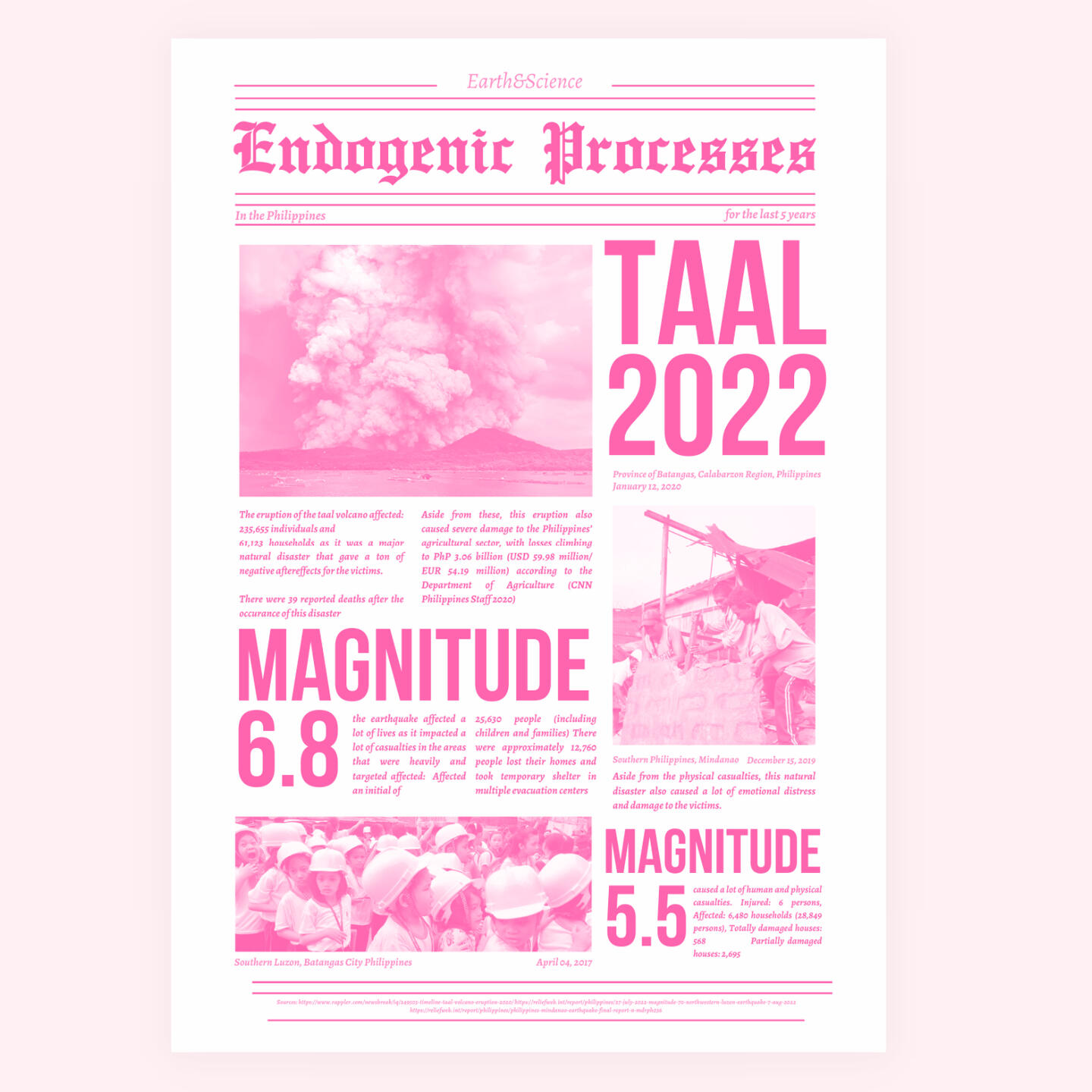
Making their very own distinct template such as this kabog newsletter template is one of the benevolent actions that they/we can conduct to avoid these types of occurances.
#02
Utilizing Several Sources
The first step a student should take when trying to identify false news is to look for the same article in other sources. Truth in statistics is important, but this goes beyond that. Since various sources present information in varied degrees of depth, students will get a more complete understanding of a subject when they read, listen, or watch more extensively.Ask your students to create a mind map or poster that lists several sources and specifies which ones are trustworthy and which ones aren't. You can use this author's Mind Map as inspiration or create your own from scratch.
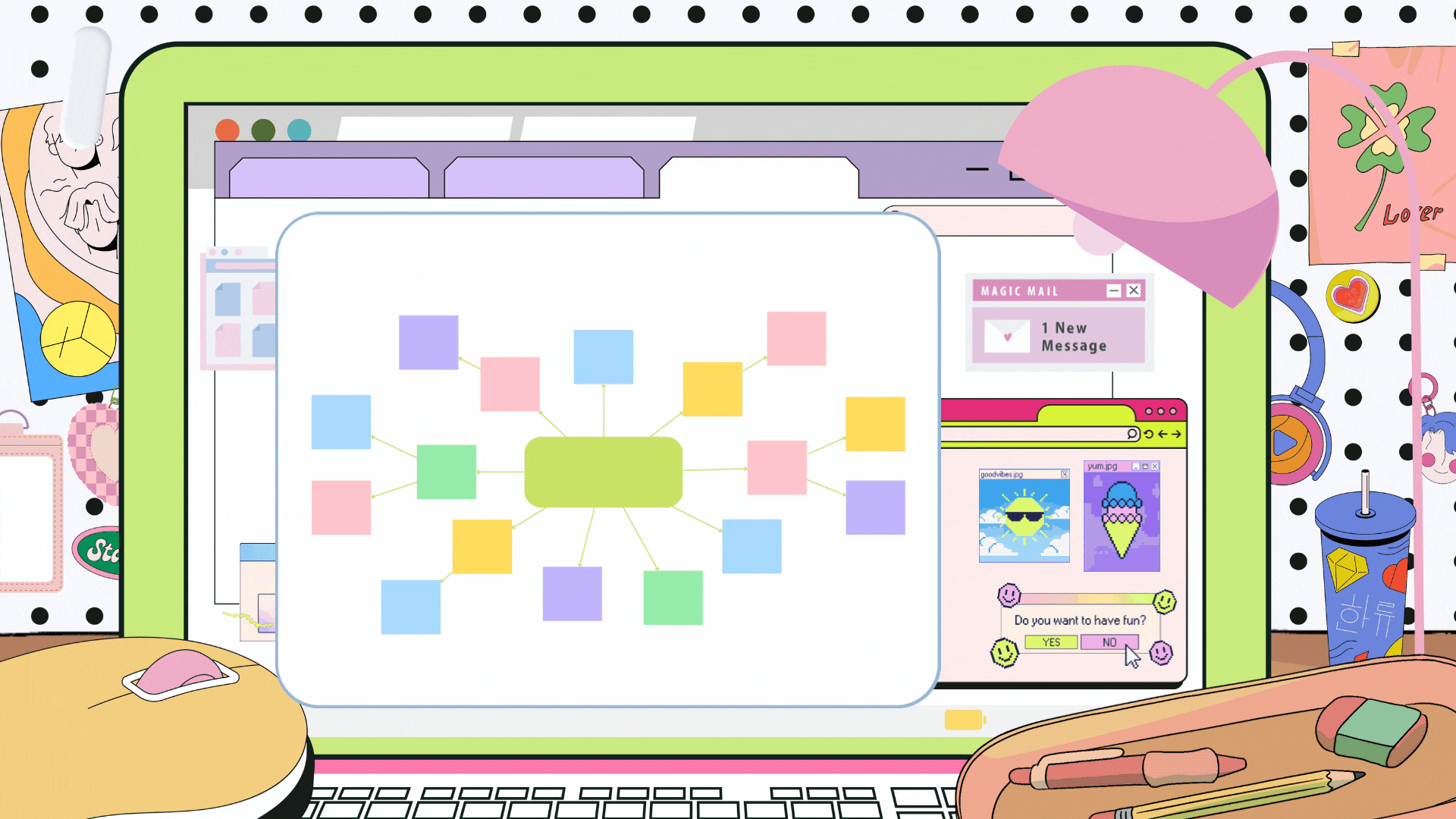
Utilizing these ideas with a kabog mind map template would complete the deal!
#03
Tone and language assessment:
Self Skills Assessment
Whether it is spoken or written, there is a difference between reliable and untrustworthy language. Teach kids to acquire a receptive "ear." When something is written or spoken in a language that seems academic or flowery, people are more likely to accept what they are reading or hearing.As a result, we must help children, and our fellowmen to become proficient writers and speakers, and we must instill in them the idea that communicating clearly—rather than using ornate or esoteric language—should be their first priority.
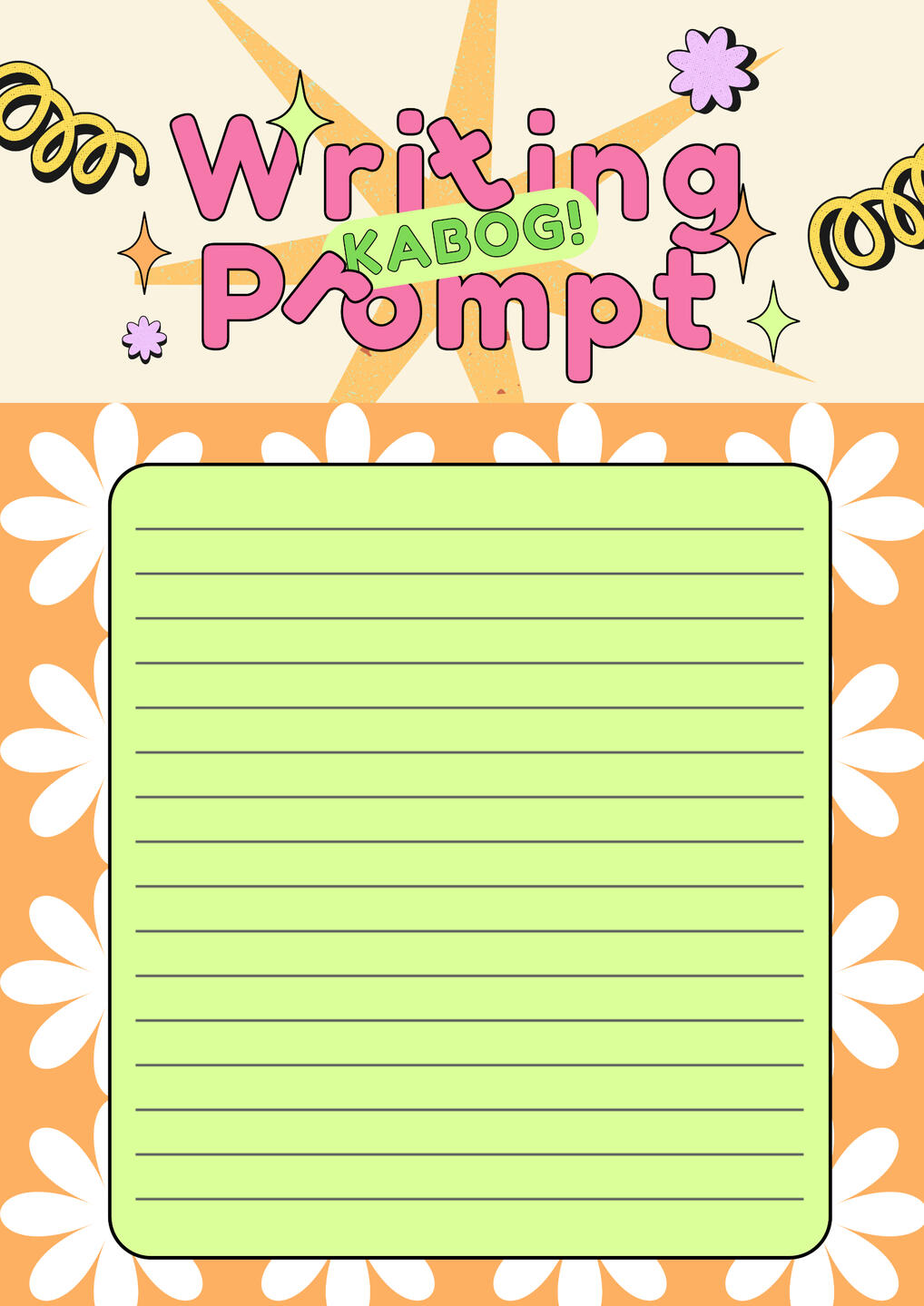
make your ideas come to life with the kabog writing prompt template!
#04
Questioning Numbers and Figures
It is frequently necessary to evaluate numbers in addition to words. When you look more closely at the cited study, you discover that it was only carried out at one school, in one class, on six students, and that it does not support the claim that "Students perform better in school when they get at least eight hours of sleep." Let's say you come across this article and share it on Facebook. We must develop the ability to evaluate the arithmetic that underlies the message.Use infographics to demonstrate how numbers, even if they are twisted, can persuade a person to believe the entire message. Create infographics with the students and educate them to spot false statistics. After that, have a discussion about how fabricated data skews our view and causes us to believe certain messages.
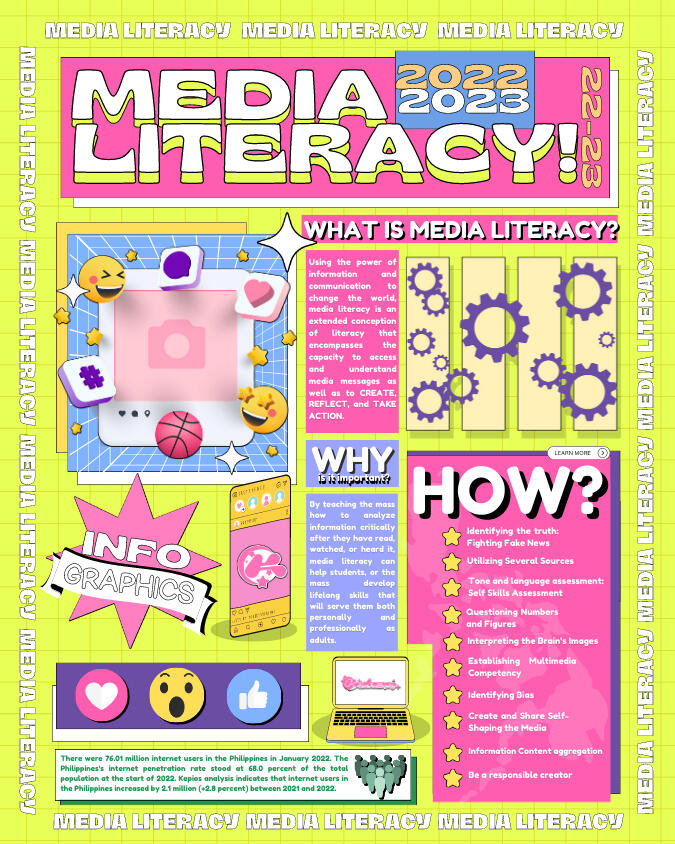
Kabog techasyon's infographics about "media literacy"

Spice up your designs and data information with this kabog infographics template!
#05
Interpreting the Brain's Images
Consumers are particularly impacted by visual media. This is due to the brain's significant investment in visual processing. The visual cortex is responsible for influencing our motivation, focus, and even emotions. Students must comprehend the impact that images can have in the media.According to J, there should be at least two tiers to today's graphics. The instant emotional level at which we respond in a way that "taps our inner feelings or stories," according to adult educator and media education specialist Francis Davis; and second, as items intended to have that kind of an impact. Once you get good at spotting the latter, you can more easily decide whether they have an effect on you or not.And it's crucial that you do. Teach kids to think critically once more. Elizabeth Thoman writes in her book Rise of the Image Culture that depictions of flawless people living perfect lives have "become a substitute for the search for meaning which past generations pursued in more expansive and profound ways."Ask students to design posters with mismatched text and imagery that convey "strong" but false statements. Find out how many students buy the visual product or trust the text, and have them talk about comparable examples they may have seen online, on TV, in print, or on advertisements around the neighborhood.
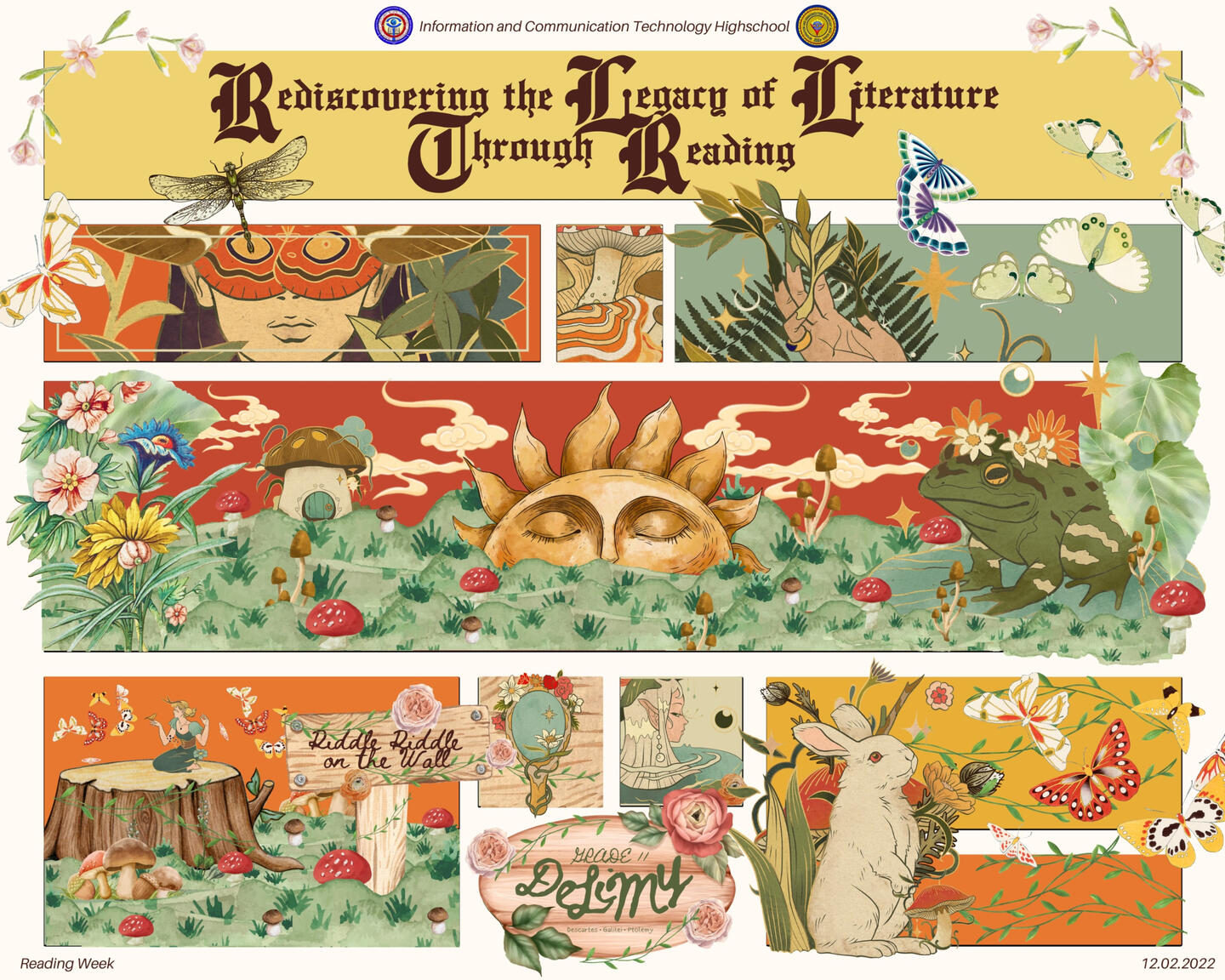
ICTHS Reading Week Publication Material: by Desiree Mañozo
KABOGTECHASYON
Thank you for your stay!
sources: canva.com